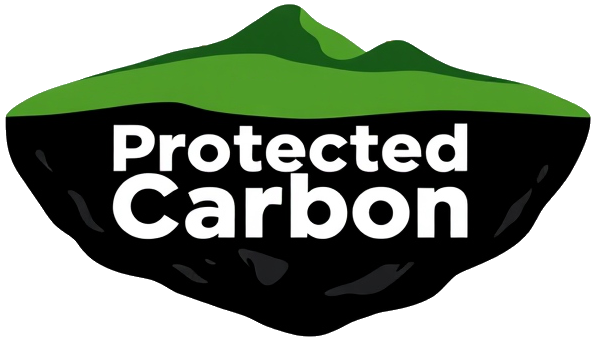Fossil Fuel Non-extraction Commitments in Protected Areas
A strategic proposal for global leadership through NDCs Learn more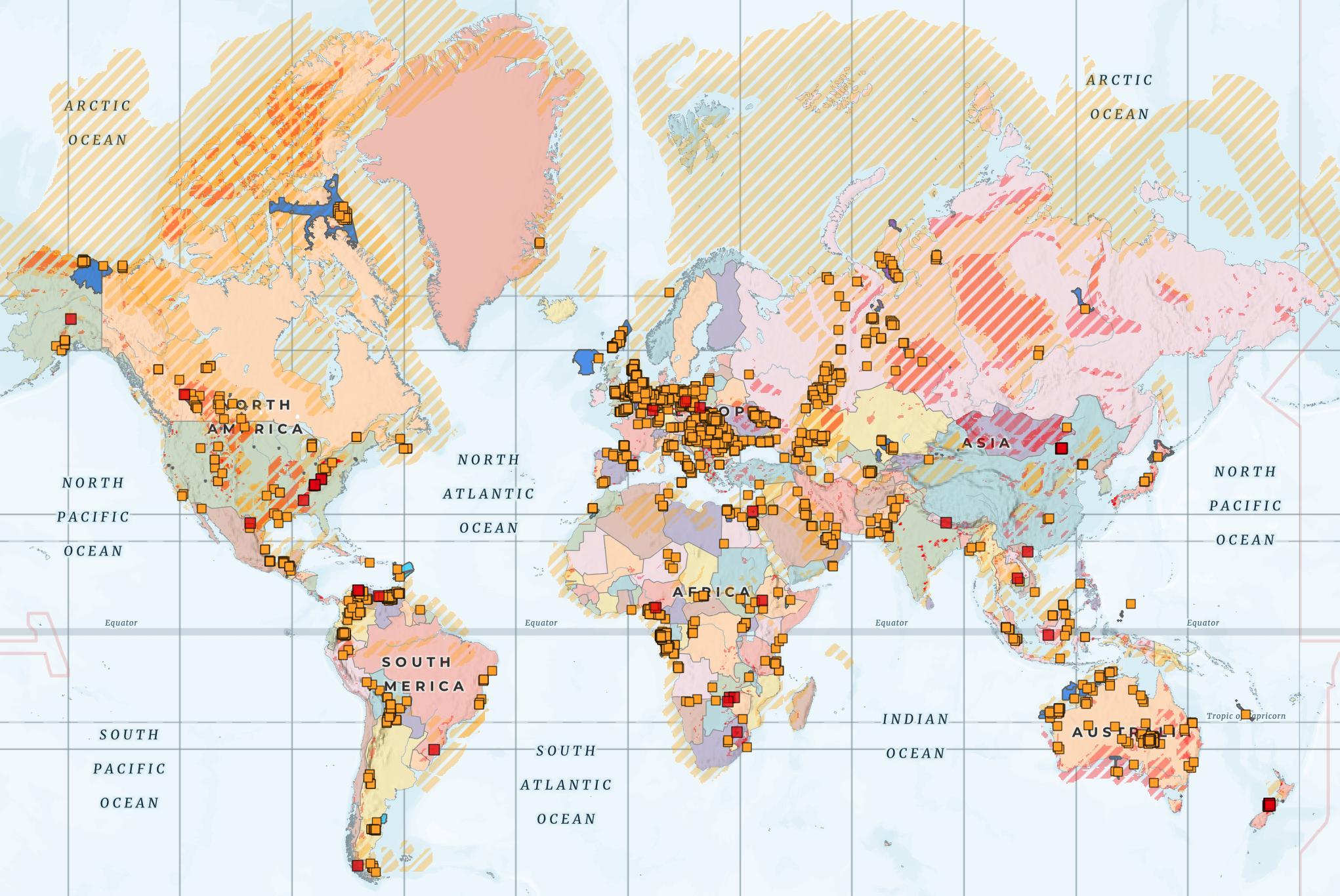
Explore oil, gas, and coal extraction projects in protected areas
Millions of tonnes of CO2 mitigation for a country's NDCs
The Paris Agreement requires leaving over 80% of proven fossil fuel reserves untouched. The Global Stocktake has shown that additional mitigation is needed to achieve the Paris targets. In this context, keeping fossil carbon in the ground within protected areas represents a remarkable opportunity that not only mitigates CO2 emissions but also protects biodiversity.
Commiting to leave these in the ground serves as an accessible additional mitigation measure that adds millions of tons of avoided CO2 emissions to a country’s NDC.
A simple and quatifiable mitigation measure
The LINGO database contains avoidable CO2 emissions for each protected area identified.
For countries where extraction from protected areas is already prohibited, this represents a low-hanging fruit opportunity by primarily reviewing the CO2 estimate we can provide and including this measure in the country’s next NDC.
Countries with fossil fuels under Protected Areas
Afghanistan
Albania
Algeria
Angola
Argentina
Armenia
Australia
Austria
Azerbaijan
Bahrain
Bangladesh
Barbados
Belarus
Belgium
Belize
Benin
Bolivia (country report)
Bosnia and Herzegovina
Botswana
Brazil
Brunei Darussalam
Bulgaria
Cambodia
Cameroon
Canada (country report)
Chad
Chile
China (country report)
Colombia (country report)
Congo, DRC
Congo
Costa Rica
Côte d’Ivoire
Croatia
Cuba
Cyprus
Sao Tome and Principe
Saudi Arabia
Serbia
Seychelles
Sierra Leone
Slovakia
Slovenia
South Africa
South Sudan
Spain
Sri Lanka
Sudan
Suriname
Sweden
Syria
Taiwan
Tajikistan
Tanzania
Thailand
Timor-Leste
Togo
Trinidad and Tobago
Tunisia
Türkiye
Turkmenistan
Uganda
Ukraine
United Arab Emirates
United Kingdom
United States of America
Uzbekistan
Venezuela
Viet Nam
Yemen
Zambia (country report)
Zimbabwe
The Global Picture
Total extraction sites involved
Protected areas under threat
Countries with fossil fuels in PAs
Billion tonnes of potential CO2
How we can support
Country reports
We create customized reports that take into account the political and economic context of each country. Our reports include details on affected protected areas, involved projects, and which are the best opportunities for mitigation.
Check our latest reports:
Relevant publications
Interactive maps
Statistics per Country
Many of these areas are recognized globally for their biodiversity conservation

Yasuní National Park (Ecuador)
UNESCO Biosphere Reserve affected by the fossil fuel industry.
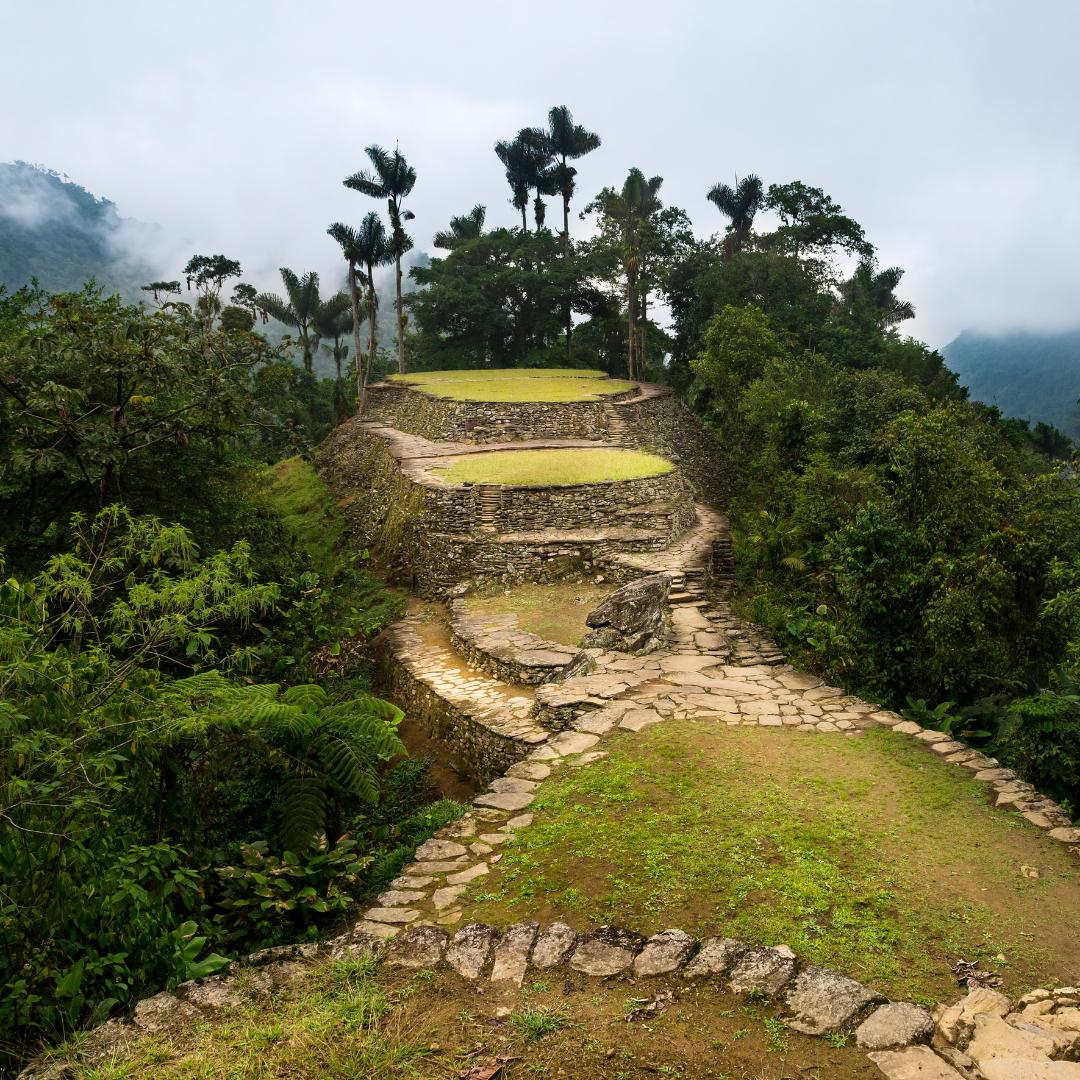
Sierra Nevada de Sta. Marta (Colombia)
UNESCO-MAB Biosphere Reserve at risk.
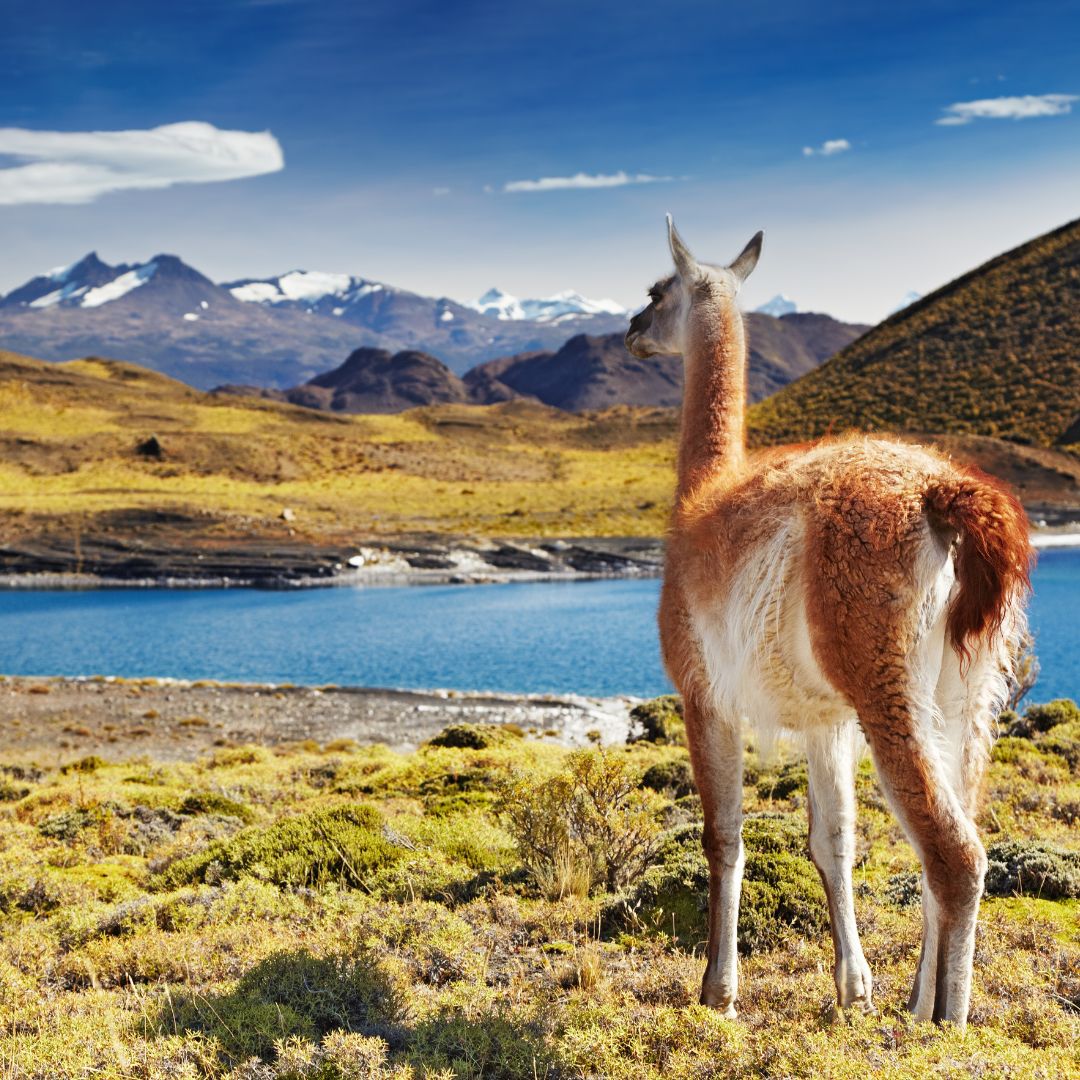
Torres del Paine National Park (Chile)
UNESCO-designated Biosphere Reserve in jeopardy.
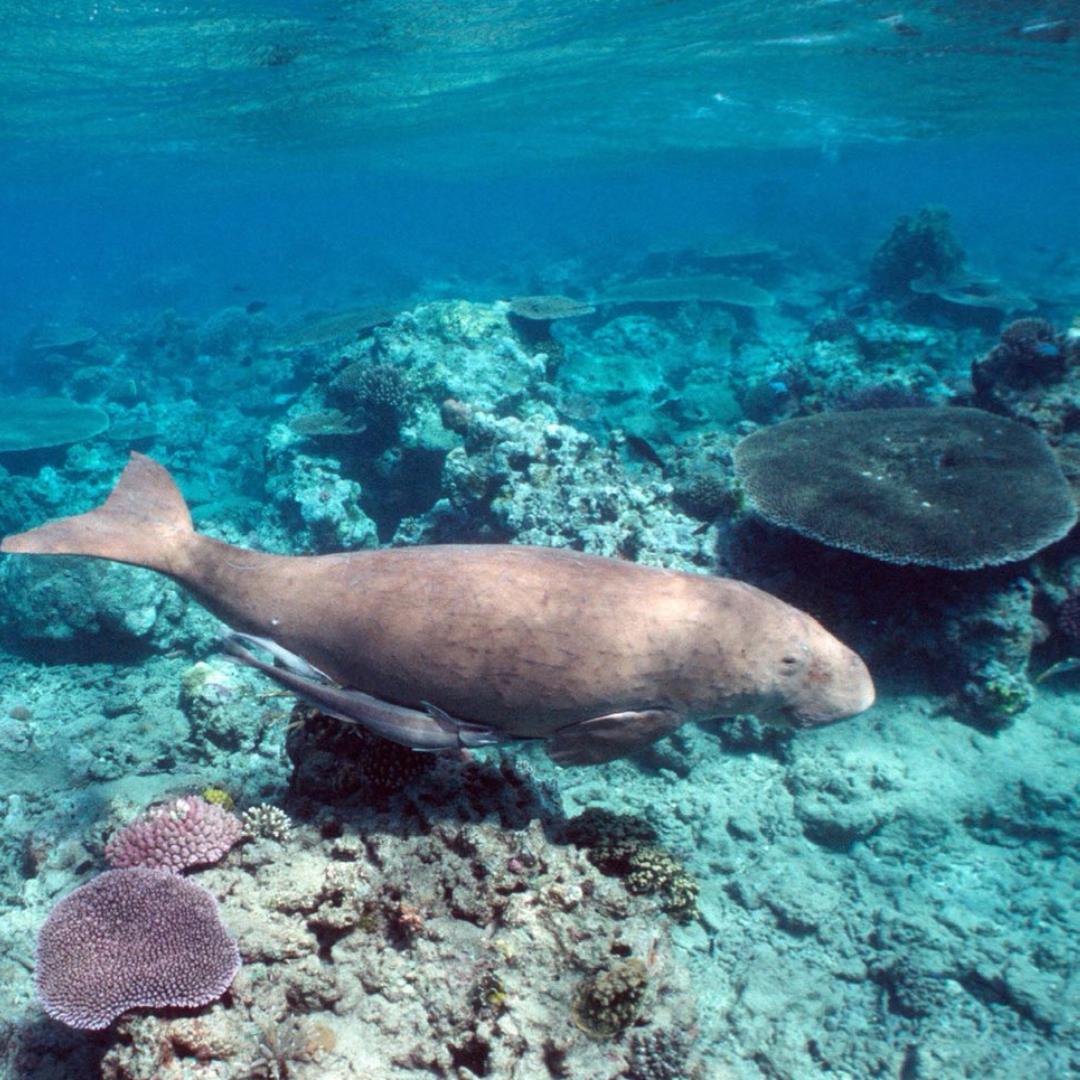
Marawah Marine Reserve (UAE)
UNESCO Biosphere Reserve facing urgent threat.
